|
Advertisement
|
Poke
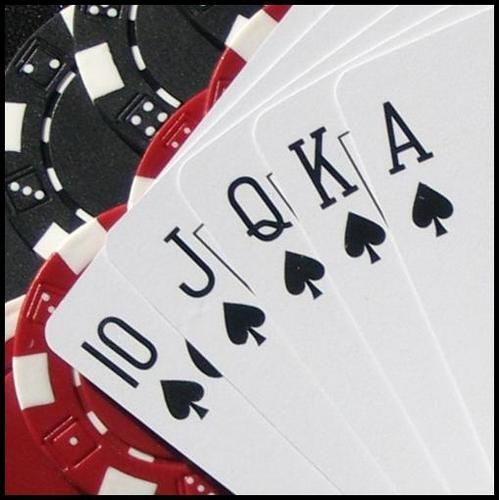
DescriptionPoke is a two-player multi-genre card game invented by Sid Sackson and discussed in his book A Gamut of Games. It combines strong elements of Poker with trick-taking games, and adds scoring reminiscent of Bridge. Like bridge, score is kept on a pad split down the centre both across and down; points "above the line" count for the final total, whereas points "below the line" are intermediate. The game is also played until a rubber, or best of three games, is completed. A hand of Poke is played in two phases; in the first phase, players draw cards to better their Poker hand, and in the second phase the players proceed to take "tricks" with their hand. Points from the first phase go above the line; points from the second go below the line, with some exceptions. Once a player has twenty points below the line (which may take more than one deal), the game is over, bonus points are added, and the points above the line are tallied to determine the winner of that particular game. Play is as follows: This ends the first phase. Next comes the trick-taking phase. * The non-dealer leads by playing one or more cards from their hand. If more than one card is played, they must be of the same rank; in other words, only singles, pairs, three-of-a-kinds, and four-of-a-kinds are allowed as a single play. Their opponent must beat the cards on the table. If it is a singleton, a card of higher rank will suffice; if it is a pair or greater, the opponent must play the same number of cards, and can only beat if their own cards are all the same rank and of higher value. If they do not have a pair or higher, they can simply toss off other cards, which will not beat what is on the table. If the cards played have the same value, the leader wins them. After all five cards have been played in tricks, points below the line are determined. Each player gets one point below the line for every trick they take if their opponent did not double or redouble; they get two points for every trick if their opponent doubled but did not redouble, and four points for every trick if their opponent redoubled. If a player took all five cards in tricks, they have performed a sweep, and receive a bonus of 250 points above the line. Next, both player's hands are considered as Poker hands. The player with the highest Poker hand received points above the line as follows: * Pair: 50 points Deal then passes, and a new hand is dealt. However, if either player reached 20 points below the line, that game is over, unless there is a tie in the number of points below the line, in which case a tiebreaker hand is played. Once a clear winner has been determined, that player gets a bonus of 100 points above the line, and all points below the line are canceled. When a player has won their second game, they receive the 100 point bonus mentioned above, plus 750 points above the line if their opponent did not win a game in the rubber, or 500 points above the line if their opponent won one. At this stage, the points above the line are tallied, and the person with the most points above the line wins the game. Game DiscussionsAdd CommentYou need to be logged in to comment. Insert Bullet List Please enter at least one item. Item: Item: Item: Item: Item: Insert Numeric List Please enter at least one item. Item: Item: Item: Item: Item: Insert Link Please enter the link of the website Optionally you can add display text Insert Email Please enter the email address Optionally add any display text Insert Image Please enter the link of the image Insert YouTube Video Please enter the link of the video MarketplaceNo listings at the moment. Do you own this game? Click here to list it for sale.
Similar Games
|
Best Sellers
Board Games
|
||||||||||||||
Latest Searches: monoploly | IKI | pinch n pass | Gygghh | scruble | exploding cats | joe santagato speak out | Figuras Marvel legends doctor domm | Land of Nod | project management | Single player campains | fog | Char | Armham | One piece | pathfinder adventure card game skull and shackles base game | royal kismet dice | fourth street football | forbidden forest | race for the galaxy | domino 12 | steam rails to riches | disney trivial pursuit | Carcassonne The Phantom | dungeno command | split | star trek attack wing | Legend of drizzy | soggy doggie | Triolet
All Rights Reserved


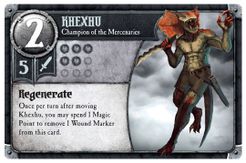
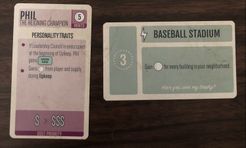
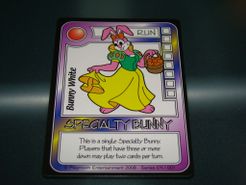

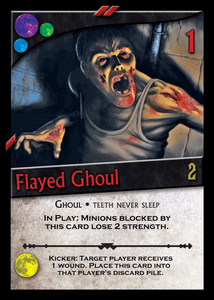




Comments (0)